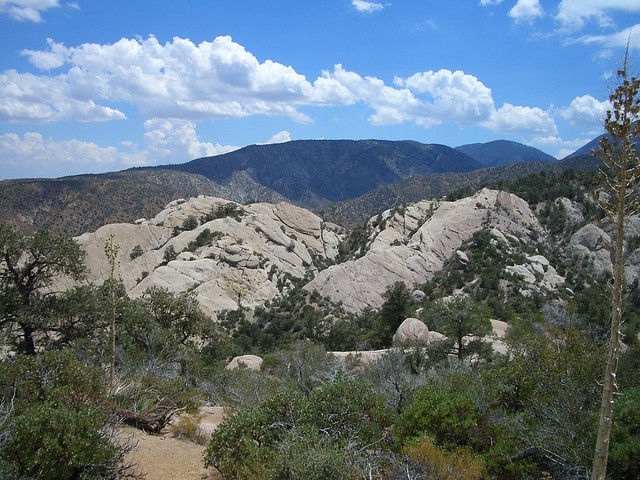Hundreds of communities across the United States are developing ambitious climate action plans to reduce their greenhouse gas (GHG) emissions, but most overlook a critical piece of the puzzle: trees. Forests and trees offset 13% of U.S. emissions. With improved conservation, restoration and land management, that number could jump to 21%. However, in a survey of more than 30 U.S. communities conducted by ICLEI-USA last year, less than 10% were including forests and trees in their GHG inventories.
One of the reasons communities don’t include forest management in their climate action plans is that they don’t know how to account for forests and trees in their emissions estimates.
That’s why ICLEI partnered with the Woods Hole Research Center and WRI on an initiative funded by the Climate and Land Use Alliance (CLUA) and Doris Duke Charitable Foundation to develop guidelines for ICLEI’s Community Protocol for Accounting and Reporting of Greenhouse Gas Emissions. These new guidelines walk U.S. cities and counties through the process of estimating annual emissions and removals from forests and trees outside forests, including urban trees and trees growing in other areas like farms.
How Do Communities’ Forests Contribute to Their Overall Emissions?
Forests look very different across the country, depending on local conditions and how they are being used and managed, such as for timber harvesting or recreation. The nuances associated with each community’s landscape results in a unique carbon profile.
The team of authors worked with three communities that represent a spectrum of local land cover conditions to test the new protocol:
- Whatcom County, WA in the Pacific Northwest is a largely rural area with national forest and park lands to the east. The county has both state- and private-owned “working forests” that support a forestry industry, as well as conservation forests to protect salmon-bearing streams and other wildlife habitat. The result is that the forests of Whatcom act as a large carbon sink—sequestering more carbon than the county emits.
- Los Angeles County, CA has national forests, state forests and local parks, as well as many trees within the city of Los Angeles at homes and businesses that also provide valuable carbon sequestration.
- On the East Coast, Montgomery County, MD has many parks with mature forests, forested areas that protect important watersheds, and plentiful suburban and agricultural landscapes that include trees.
According to Douglas Weisburger, Senior Planning Specialist for Sustainability Programs in Montgomery County’s Department of Environmental Protection, before the pilot study they did not know the magnitude of carbon sequestered by the county’s forests and trees, or the emissions produced by the clearing of those trees for development. Using the protocol, the county now has new data that can inform policies and programs that help meet their GHG goals— including becoming climate neutral.
Montgomery County hopes to use the data generated through the pilot study to explore grant opportunities to further analyze land management impacts on their carbon budget. This may include the impact of reducing tree cover loss during development, accounting for the lost potential when forests and trees are removed, supporting forest and tree planting programs, and improving sustainable agriculture and landscaping.
With the launch of this new guidance, other communities across the United States will soon be able to follow suit and take accurate estimates of the climate impact of their forests and trees. More and more, U.S. communities are setting goals to reach net-zero emissions. If these goals are to be accomplished, forests need to be part of the equation.



